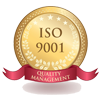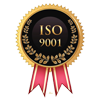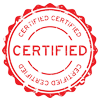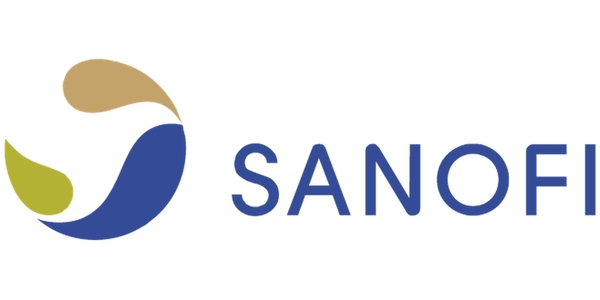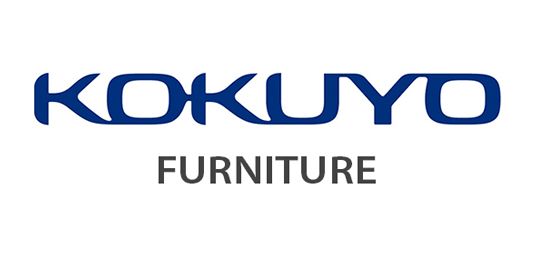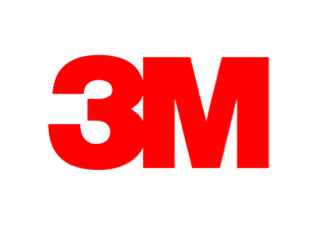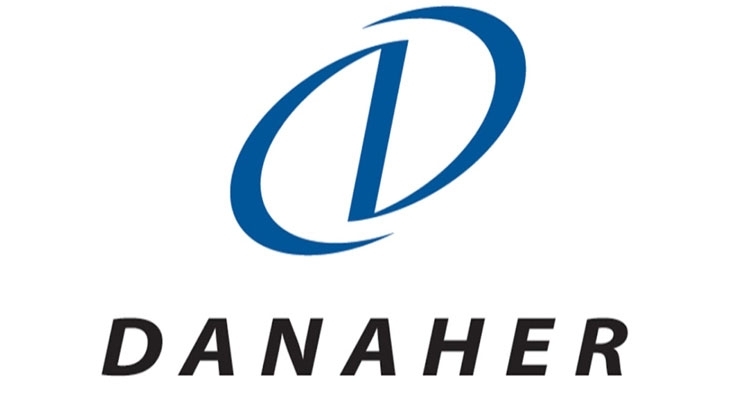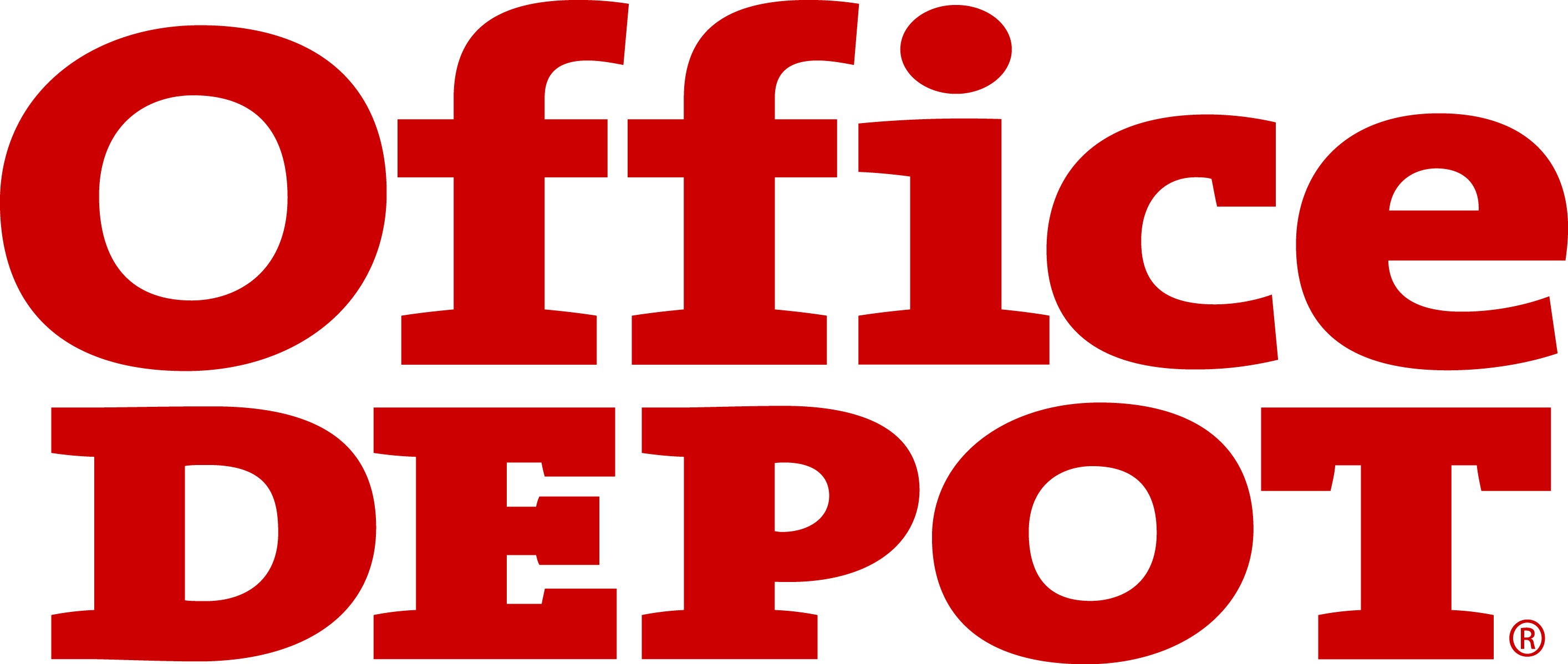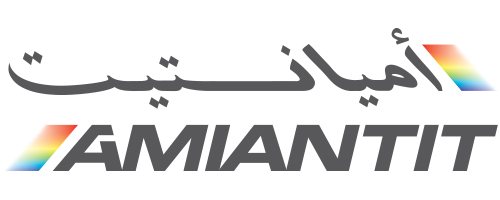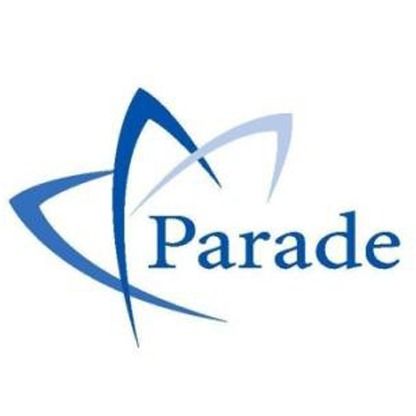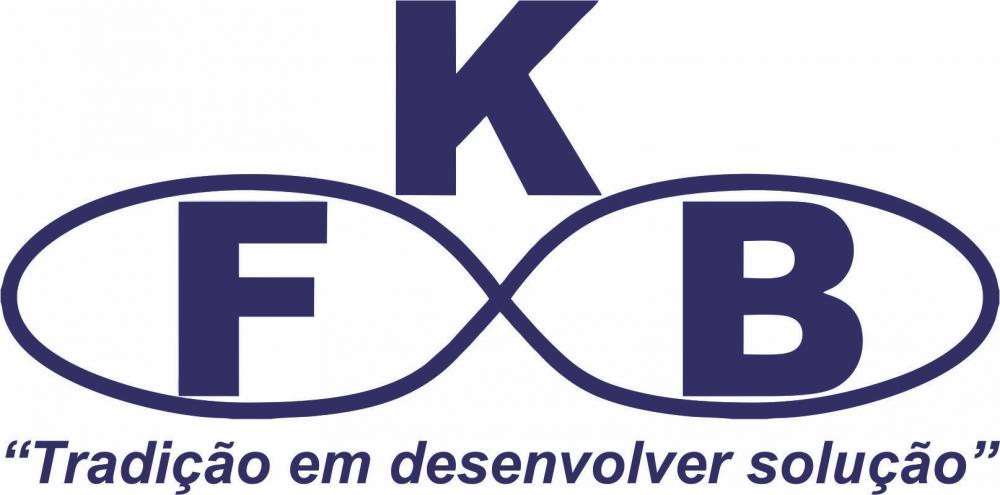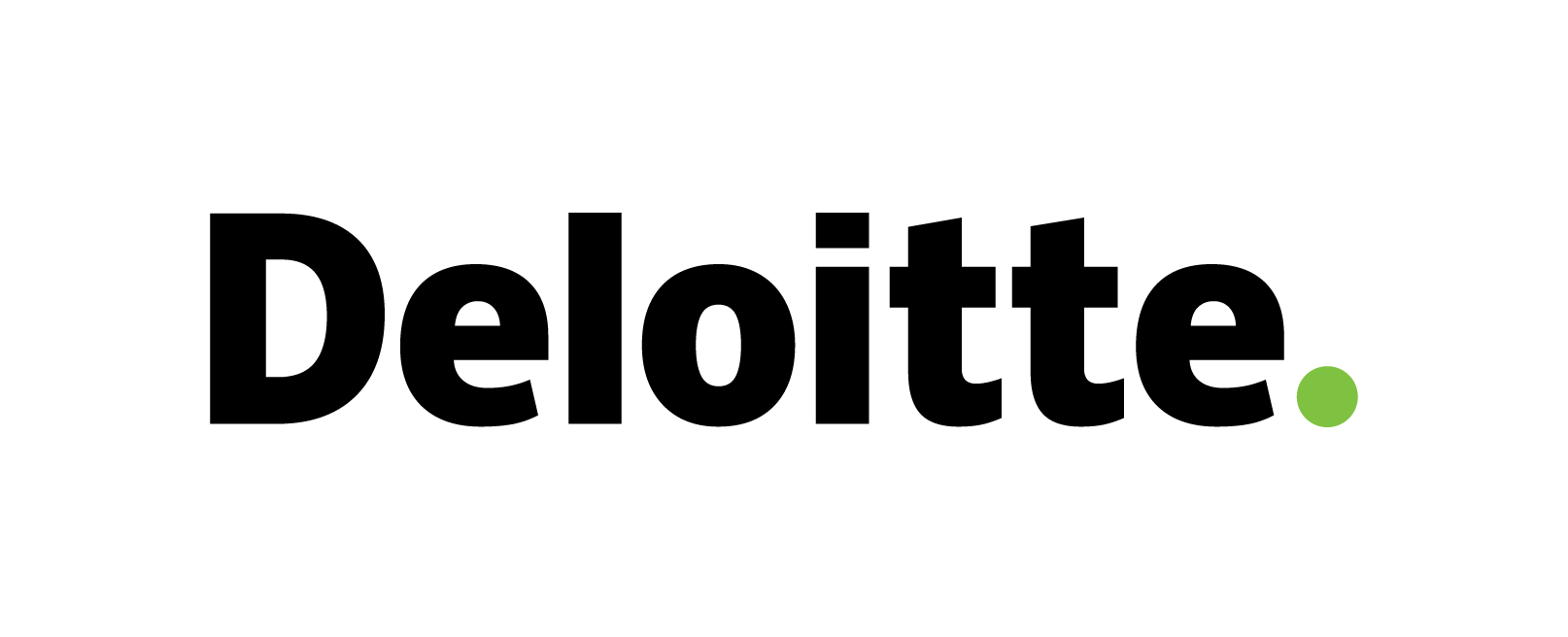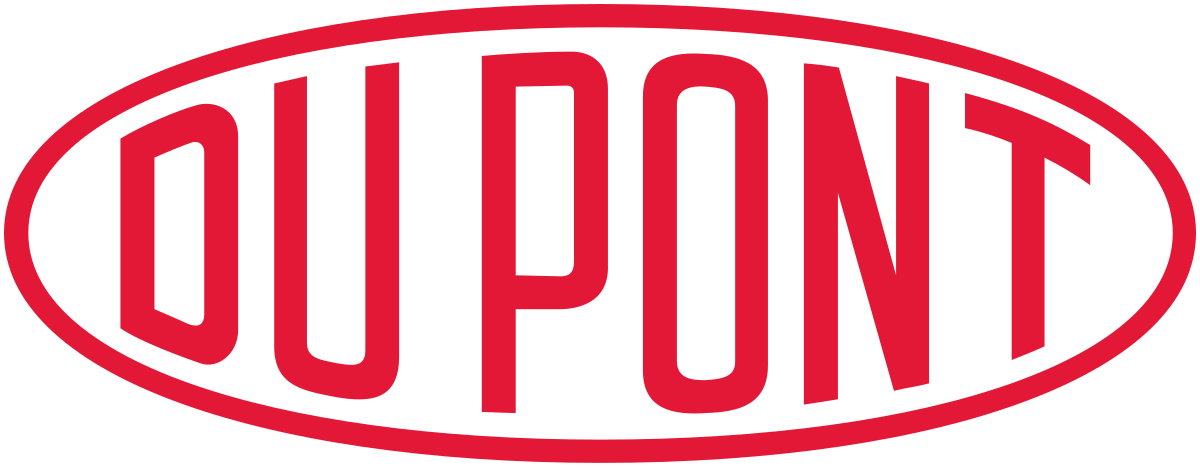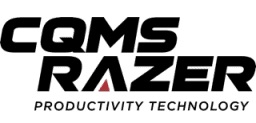Alopecia Treatment Market: Global Size, Share, Trends, Growth and Forecast 2022-2032
Alopecia Treatment Market Insights
The global alopecia treatment market is anticipated to grow at a significant rate in the coming times due to adding mindfulness about hair loss treatments, rising prevalence of hair loss, and growing market for hair restoration treatments. The market is segmented grounded on treatment type, end- stoner, and terrain. The treatment type member includes topical, injectable, and oral specifics, as well as hair transplantation. The end- stoner member includes hospitals, conventions, and home care settings. The market is also segmented geographically into North America, Europe, Asia- Pacific, and the Rest of the World.
Allergan, Inc., Merck & Co., Inc., Pfizer Inc., Johnson & Johnson, GlaxoSmithKline plc, and others are significant companies engaged in the worldwide alopecia treatment market. The FDA has not authorised any therapies for alopecia, so it's vital to speak with a doctor before beginning any regimen.
The global alopecia market size was valued at USD 7.6 billion in 2022 and is expected to reach USD 13.75 billion at a compound annual growth rate (CAGR) of 8.1% from 2023 to 2032.
Alopecia Understanding and Treatment Algorithm
Alopecia is an autoimmune complaint characterized by hair loss on the crown and other corridor of the body. There are several types of alopecia, including androgenetic alopecia, alopecia areata, and cicatricial alopecia.
The understanding and treatment algorithm for alopecia generally starts with a thorough medical history and physical examination to identify the type of alopecia and rule out other causes of hair loss. This may be followed by individual tests similar as a crown vivisection, blood tests, and imaging studies to confirm the opinion and assess the extent of hair loss.
Based on the type of alopecia and the extent of hair loss, the treatment options are:
Topical elements that are comparable to minoxidil, a medication for androgenetic alopecia.
- Injectable specifics used to treat alopecia areata that are comparable to corticosteroids.
- Oral formulations that are comparable to finasteride and dutasteride, two drugs used to treat androgenetic alopecia.
- Immunomodulatory drugs, which are used to treat alopecia areata and control the weakened immune system, can also aid with hair loss.
- Hair transplantation, a surgical process in which hair follicles are transferred from one area of the head to another.
Other alternatives include photodynamic treatment, light treatment, and low-position ray treatment.
|
Alopecia Treatment Market: Report Scope |
|
|
Base Year Market Size |
2022 |
|
Forecast Year Market Size |
2023-2032 |
|
CAGR Value |
8.1% |
|
Segmentation |
|
|
Challenges |
|
|
Growth Drivers |
|
Alopecia treatment market driving factors
The global alopecia treatment market is driven by a number of factors are:
Increasing awareness about hair loss treatments: With the rise of social media and the internet, people are getting more apprehensive of the various treatments available for hair loss, which is driving market for these treatments.
Rising incidence of hair loss: Hair loss is a common problem that affects a large proportion of the population. The prevalence of hair loss is adding due to factors similar as aging, hormonal changes, stress, and changes in life and diet.
Growing market for hair restoration treatments: With the adding prevalence of hair loss, people are getting more interested in hair restoration treatments, which is driving the growth of the market.
Technological advancements: Advancements in technology have led to the development of new and more effective treatments for hair loss, which is driving market for these treatments.
Increase in disposable income: The expansion of the market is being driven by people's increased propensity to spend plutocrat on hair restoration procedures as their disposable income rises.
Increase in the number of hair loss clinics: The number of hair loss conferences is increasing along with the desire for hair restoration therapies, which is fueling the market's expansion.
Alopecia Treatment Market Challenges
The global alopecia treatment market faces a number of challenges are:
Limited effectiveness of current treatments: many current treatments for alopecia aren't fully effective, and don't work for all cases, which limits their fashionability and the market growth.
High cost of treatments: many treatments for alopecia are precious, which can make them unaffordable for many cases, limiting the market growth.
Lack of FDA approval for many treatments: many treatments for alopecia aren't FDA approved, which can make it delicate for cases to pierce them and for companies to vend them.
Limited awareness about alopecia: Despite the adding mindfulness about hair loss treatments, many people aren't apprehensive of the various types of alopecia and the treatments available for it, which limits the market growth.
Stringent regulations: The development and blessing of new medicines and treatments for alopecia are subject to strict regulations, which can make it delicate for companies to bring new products to market, limiting the market growth.
Side effects: Some treatments for alopecia have side goods similar as itching, burning, and greenishness of the crown, which can discourage cases from using them, limiting the market growth.
Alopecia Industry Developments
The alopecia treatment industry has seen several developments in recent years are:
FDA approval of JAK inhibitors: Ruxolitinib (Jakafi) and tofacitinib (Xeljanz), JAK inhibitors, were given FDA approval to be used to treat alopecia areata in 2021. In some people with alopecia areata, these oral medications that limit the activity of particular enzymes involved in the susceptible response have been demonstrated to increase hair growth.
Advances in hair transplantation techniques: For the treatment of alopecia, techniques akin as Follicular Unit Birth (FUE) and Follicular Unit Transplantation (FUT) are becoming less and less common. These methods, which include spreading hair follicles around the head, are thought to be less intrusive and more successful than more traditional ones.
Development of new drugs: JAK impediments, bimatoprost, and SM04554 are three novel medications being developed for the treatment of alopecia.
Increase in the number of hair loss clinics: The number of hair loss conferences is increasing along with the need for hair restoration therapies, which is fueling the market's expansion.
Growing use of light therapies and Low level laser therapy: These remedies, although not being FDA-approved, are becoming less and less popular as hair growth aids.
Alopecia Treatment Market Segmentation
Segmentation global alopecia treatment market are:
- Treatment type: The market is segmented into topical, injectable, oral medications, hair transplantation and light therapy.
- End-user: The market is segmented into hospitals, clinics, and home care settings.
- Geography: The market is segmented into North America, Europe, Asia-Pacific, and Rest of the World.
Alopecia treatment market key players
Some of the major players in the alopecia treatment market are:
- Allergan, Inc.
- Merck & Co., Inc.
- Pfizer Inc.
- Johnson & Johnson
- GlaxoSmithKline plc
- Samumed LLC
- Cosmo Pharmaceuticals
- Hoffmann-La Roche Ltd
- Histogen Inc
- RepliCel Life Sciences Inc
- Follicum AB
Timeline considered for all these studies will be:
2022 – Base Year
2023 – Estimated Year
2023-2032 – Forecast Period

Need Customized Report for Your Business ?
Utilize the Power of Customized Research Aligned with Your Business Goals
Request for Customized Report- Quick Contact -
- ISO Certified Logo -
